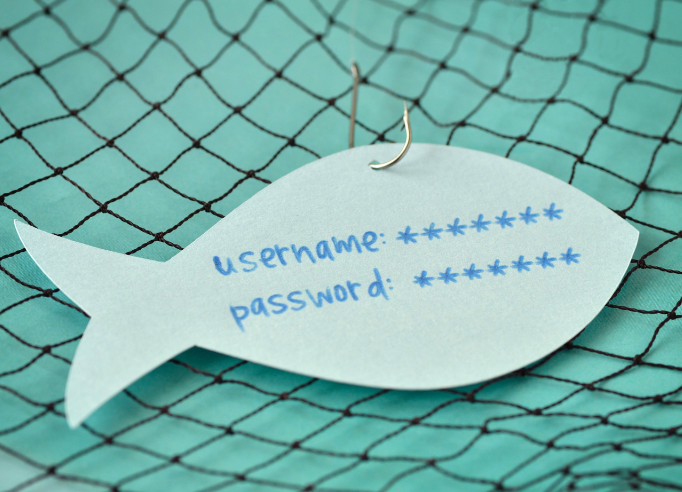The Attack Vector to Worry About.
What is the most effective method of exploiting vulnerabilities in cybersecurity? The answer to that question has been the same for years, and most cybersecurity practitioners expect it to retain the #1 spot for years to come.
The answer is… Phishing and its various forms, including Spear Phishing, Whaling, Vishing, Smishing, and Pharming
What is “Phishing and its various forms?”
According to the 2021 IC3 Annual Report,¹
Phishing was the largest attack vector and nearly four times second place:
Phishing, Vishing, Smishing, and Pharming
41.74%
Non-Payment
10.62%
Breach
6.68%
ID Theft
6.65%
All Others (COMBINED!)
34.31%
Those number are from the FBI’s IC3 and reflect reported crime based in the United States. Phishing is also the number on attack vector in the United Kingdom.
When we talk about attack vector, we are talking about how the bad actor initiated the crime against the victim. This could be referred to as the “root cause” of the crime, as it is the first step in the chain of actions taken by the bad actor. The numbers above represent the number of phishing attacks and financial losses directly caused by phishing and its various forms. However, phishing and its various forms may be part of an attack chain used to perpetrate a number of different crimes. Phishing could be deployed, and perhaps be the root cause for:
- Gift Card Scams – Growing in popularity is the Smishing scam requesting gift cards to be purchased for someone purporting to be a senior leader.
- Ransomware – Phishing, Remote Desktop Protocol (RDP) exploitation, and software vulnerabilities round out the top three techniques used to infect victims with ransomware. Ransomware, separately, accounted for losses of $49,207,908 USD in 2021.
- Crypto Mining – An alternative to ransomware, some bad actors are using their success in phishing to install crypto mining software on a victim’s computers.
- Business Email Compromise (BEC) – Bad actors may achieve success in victimizing via phishing and use that success to initiate a BEC scam. This type of crime is currently the most financially successful cybercrime, accounting for losses of $2,395,953,296 USD in 2021.
How to Protect Against Phishing
To protect your company (and yourself!) from phishing attacks:
Encourage Your Teammates to Take It Home!
Everyday folks can be targeted by phishing scams just as much as employees of large corporations. While there is a lot of information available online, not everyone is educated to the dangers posed by bad actors deploying phishing scams. If you are a security practitioner at a company, encourage your employees to take the lessons they learn in company-provided security awareness training home to their friends and family.
¹ This post was updated on 04/10/2022 to reflect numbers for calendar year 2021.
The top attack vector, phishing.

